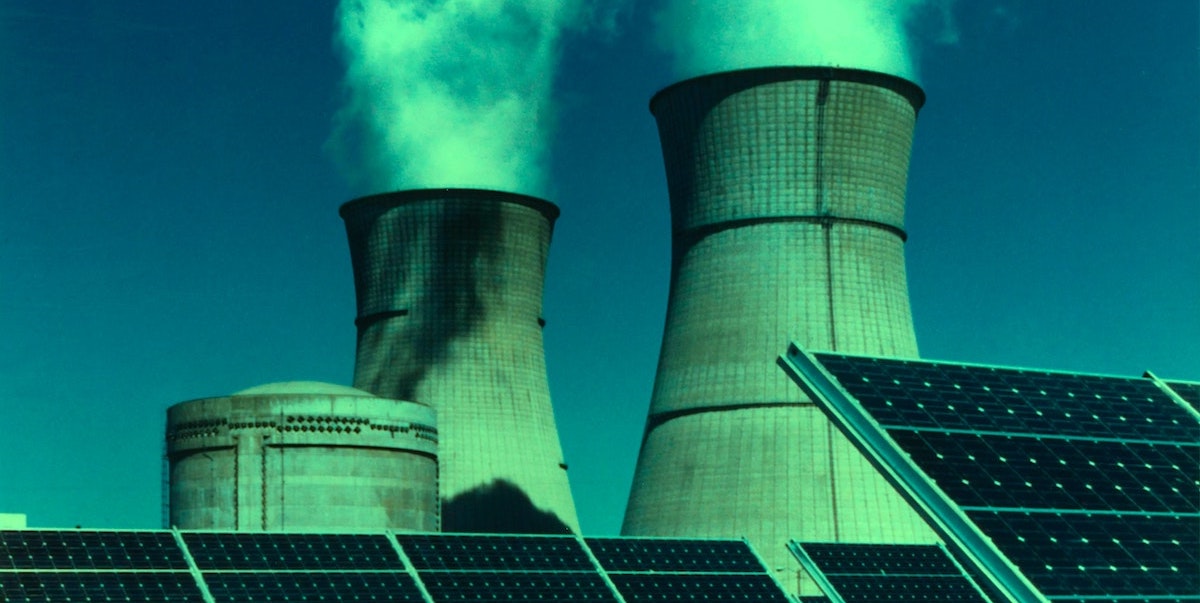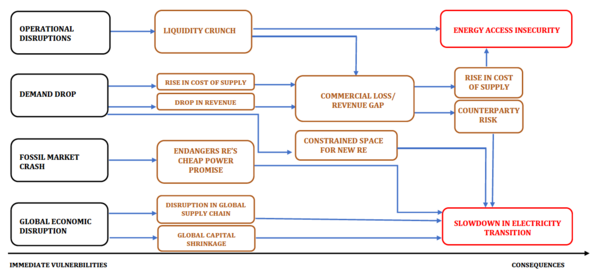COVID-19 has caused great challenges to the energy industry. Potential new practices and social forms being facilitated by the pandemics are having impacts on energy demand and consumption. This week we going to discuss about How can India overcome existing challenges to meeting the rising cooling demand without further warming the planet?

India’s Energy Transition the Good, the Bad and the Ugly
Dear Friends and Patrons,
We hope that you’re doing well and keeping safe.
The year 2021 is crucial in defining the pathways to the ambitious targets set for the sector. The year also marks the beginning of the fourth decade of electricity reforms since the sector was opened to private investment in 1991. How COVID-19 might impact India’s renewable energy transition ?
India’s Energy Transition Scenario
What is meant by energy transition?
The energy transition is a pathway toward transformation of the global energy sector from fossil-based to zero-carbon by the second half of this century. At its heart is the need to reduce energy-related CO2 emissions to limit climate change.

The disruption caused by the Covid-19 pandemic are consequential for India’s long-term electricity goals. While exacerbating the existing weaknesses in the sector, the pandemic could also affect the trend toward an electricity transition.
India is poised to play an important role in the 21st century global energy system. The third largest energy consumer is projected to account for the largest increase in energy demand of any country worldwide over the next two decades. Simultaneously, by setting ambitious renewable energy (RE) targets – 175 GW by 2022 and 450 GW by 2030 – the country has placed itself at the forefront of the global energy transition. Meeting this energy demand and achieving the renewable energy targets will require a fundamental transition in India’s electricity, in the ways electricity is generated, transmitted and distributed.
India may not halt coal combustion anytime soon, but the share of coal in India’s energy mix is likely to reduce gradually, opening up the possibility of widespread political and economic disruption in coal-dependent areas. Driven largely by economics and climate considerations, India’s energy sector is experiencing a shift towards renewable energy, backed by ambitious government policies.
Coal and its dependent sectors have been an engine of development in India, contributing to livelihood development, public financing for infrastructure, and social welfare services. However, coal use has also led to problems such as climate change, environmental pollution, and adverse health impacts in coal-producing regions.
Future investments in coal-fired electricity generation now run the risk of becoming stranded assets, requiring the government to revisit existing plans for coal capacity in the early stages of construction. The actual pace of the phase-out of coal will be driven by prevailing political and economic considerations, they add, with the fastest transition taking place in the electricity sector.
But COVID-19-caused disruptions in the electricity sector are pervasive, and will have alarming secondary effects and long-term consequences (see below)

Though the scores on economic development and growth dimension have improved, supported by subsidy reforms over the past decade for cost-reflective pricing of fuels. This has also helped in improving cost competitiveness of renewable energy sources, the LCOE (levelized cost of energy) for solar PV and onshore wind remains among the lowest in the world.
While scores on the environmental sustainability dimension have improved, supported by ramping up renewable energy investment and capacity installation, and improving energy efficiency of appliances and transport, they remain low on absolute scale. Given the scale of the challenge, and the rising demand for energy to support industrialisation and urbanisation, the trade-off remains complex. India remains among two of the world’s 10 largest economies without a net zero goal.
Finally, the pandemic is exacerbating the weaknesses in India’s electricity system, thus causing tensions in the transition. Both fossil and RE systems will need stimulus to sustain the impacts. It is not a question of which technology to support, but a choice between different configurations of technology, politics and institutions.
Our focus should not be on restoring the pre-Covid configuration and underlying low-level equilibrium in electricity. Rather, we must use this critical juncture to push for positive reforms and overdue structural changes to build a resilient electricity future.
The energy transition, however, is not only limited to the gradual closure of coal-fired power stations and the development of clean energies: it is a paradigm shift that concerns the entire system. A huge contribution to decarbonization comes from electrification, which also makes other sectors such as transport cleaner, and from the digitalization of electricity grids, which improves energy efficiency.



